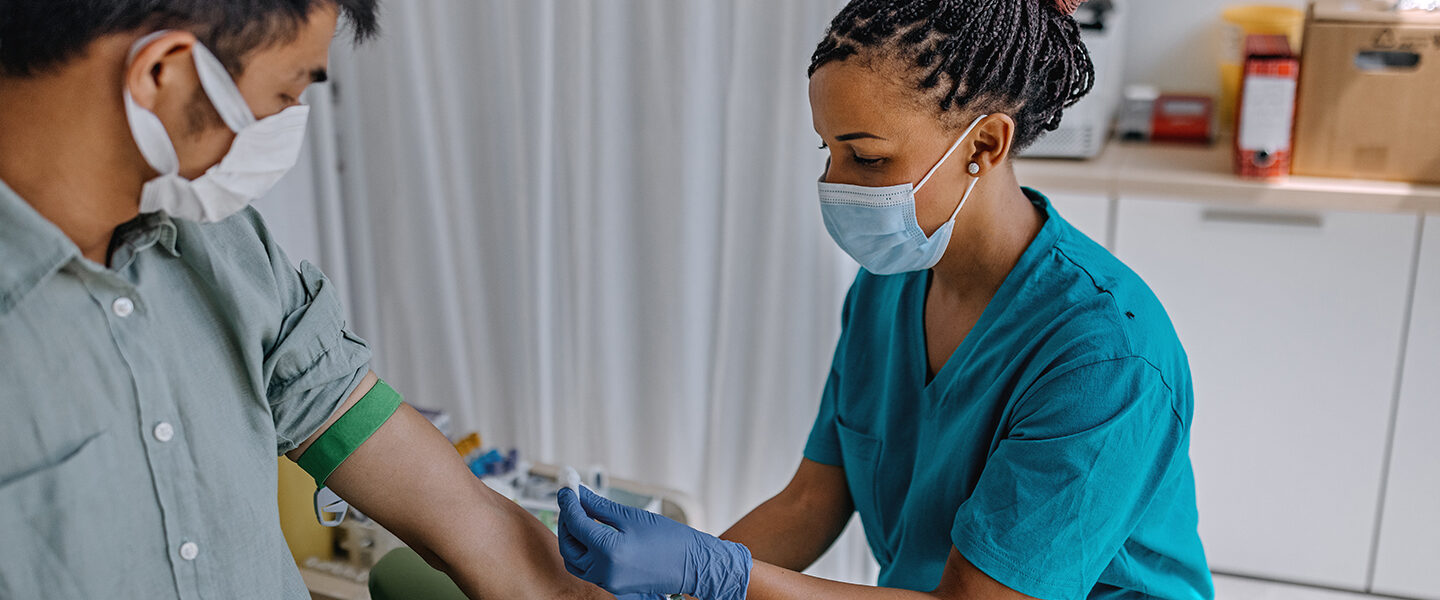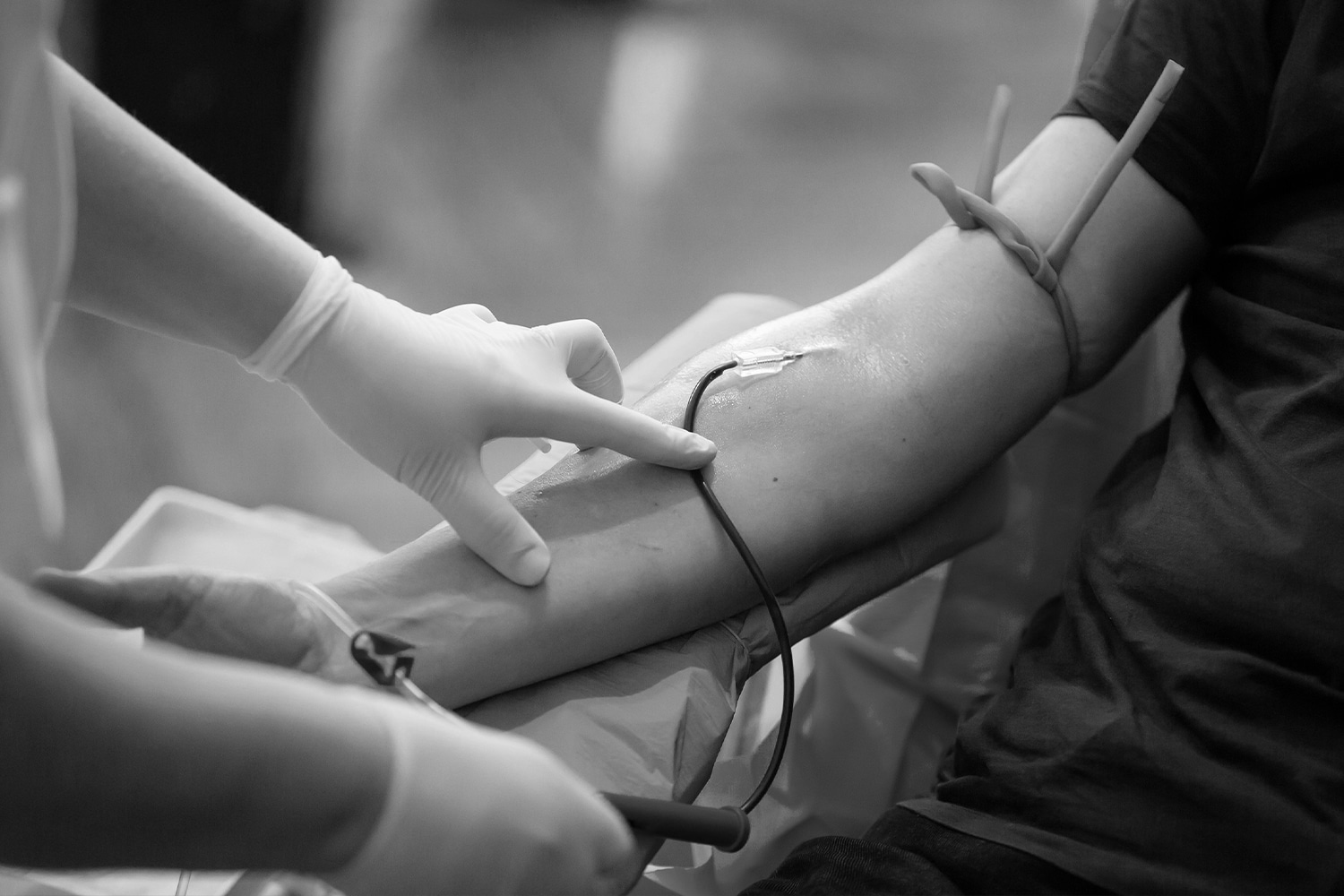5 Simple Techniques For Northeast Medical Institute - New Haven Campus Phlebotomy Course & Cna Class
5 Simple Techniques For Northeast Medical Institute - New Haven Campus Phlebotomy Course & Cna Class
Blog Article
Northeast Medical Institute - New Haven Campus Phlebotomy Course & Cna Class for Beginners
Table of ContentsSome Of Northeast Medical Institute - New Haven Campus Phlebotomy Course & Cna ClassNot known Incorrect Statements About Northeast Medical Institute - New Haven Campus Phlebotomy Course & Cna Class The Greatest Guide To Northeast Medical Institute - New Haven Campus Phlebotomy Course & Cna ClassNortheast Medical Institute - New Haven Campus Phlebotomy Course & Cna Class - QuestionsNortheast Medical Institute - New Haven Campus Phlebotomy Course & Cna Class - An OverviewAn Unbiased View of Northeast Medical Institute - New Haven Campus Phlebotomy Course & Cna Class
The usage of such gadgets ought to be come with by various other infection prevention and control methods, and training in their use.For setups with reduced sources, expense is a driving consider procurement of safety-engineered devices - CNA Courses. Where safety-engineered devices are not readily available, experienced usage of a needle and syringe is appropriate. Unintentional direct exposure and certain info about a case ought to be videotaped in a register. Support solutions must be advertised for those who go through unintended direct exposure.
Among the vital pens of top quality of care in phlebotomy is the involvement and participation of the patient; this is mutually useful to both the wellness employee and the patient. Clear info either created or spoken should be available to every client who undertakes phlebotomy. Annex F gives example text for clarifying the blood-sampling procedure to a patient. labelling); transportation problems; analysis of results for clinical administration. In an outpatient department or center, give a dedicated phlebotomy workstation containing: a tidy surface area with two chairs (one for the phlebotomist and the other for the person); a hand laundry basin with soap, running water and paper towels; alcohol hand rub. In the blood-sampling space for an outpatient department or clinic, provide a comfortable reclining sofa with an arm rest.
The Ultimate Guide To Northeast Medical Institute - New Haven Campus Phlebotomy Course & Cna Class
Make sure that the indications for blood tasting are clearly specified, either in a written method or in documented guidelines (e.g. in a laboratory kind). In all times, comply with the approaches for infection prevention and control listed in Table 2.2. Infection prevention and control practices. Gather all the devices needed for the treatment and place it within secure and simple reach on a tray or cart, making certain that all the items are plainly visible.
Where the individual is adult and conscious, adhere to the steps outlined below. Introduce yourself to the individual, and ask the person to state their full name. Inspect that the research laboratory form matches the patient's identity (i.e. match the client's information with the research laboratory kind, to ensure accurate identification). Ask whether the patent has allergies, phobias or has ever fainted during previous injections or blood draws.
Make the individual comfy in a supine setting (if feasible). Location a clean paper or towel under the patient's arm. Talk about the test to be performed (see Annex F) and obtain spoken authorization. The person has a right to reject a test at any moment before the blood sampling, so it is very important to guarantee that the individual has actually recognized the procedure.
Northeast Medical Institute - New Haven Campus Phlebotomy Course & Cna Class for Dummies
Prolong the client's arm and evaluate the antecubital fossa or lower arm. Locate a blood vessel of an excellent size that is noticeable, straight and clear. The diagram in Section 2.3, shows typical placements of the vessels, but numerous variations are possible. The mean cubital blood vessel lies between muscle mass and is normally the most easy to puncture.
DO NOT put the needle where veins are drawing away, due to the fact that this increases the chance of a haematoma. The vein should be visible without using the tourniquet. Situating the vein will help in establishing the right dimension of needle. Apply the tourniquet regarding 45 finger widths above the venepuncture site and re-examine the vein.
Specimens from main lines carry a threat of contamination or erroneous research laboratory examination results. It is appropriate, but not suitable, to draw blood samplings when first presenting an in-dwelling venous device, before connecting the cannula to the intravenous fluids.
Little Known Facts About Northeast Medical Institute - New Haven Campus Phlebotomy Course & Cna Class.
Failure to permit enough call time enhances the risk of contamination. DO NOT touch the cleaned up website; in specific, DO NOT place a finger over the vein Read Full Report to lead the shaft of the subjected needle.
Ask the patient to develop a fist so the blood vessels are a lot more famous. Get in the blood vessel swiftly at a 30 degree angle or less, and continue to present the needle along the blood vessel at the most convenient angle of access - CNA Classes. Once sufficient blood has actually been collected, release the tourniquet prior to taking out the needle
Not known Details About Northeast Medical Institute - New Haven Campus Phlebotomy Course & Cna Class
Withdraw the needle gently and use mild pressure to the website with a clean gauze or completely dry cotton-wool ball. Ask the person to hold the gauze or cotton wool in area, with the arm extended and increased. Ask the patient NOT to bend the arm, due to the fact that doing so causes a haematoma.

What Does Northeast Medical Institute - New Haven Campus Phlebotomy Course & Cna Class Mean?
Where feasible, keep the tubes in a rack and relocate the shelf in the direction of you - https://www.cheaperseeker.com/u/northeastmed. If the sample tube does not have a rubber stopper, infuse very gradually into the tube as minimizing the stress and rate utilized to move the sampling minimizes the danger of haemolysis.

Report this page